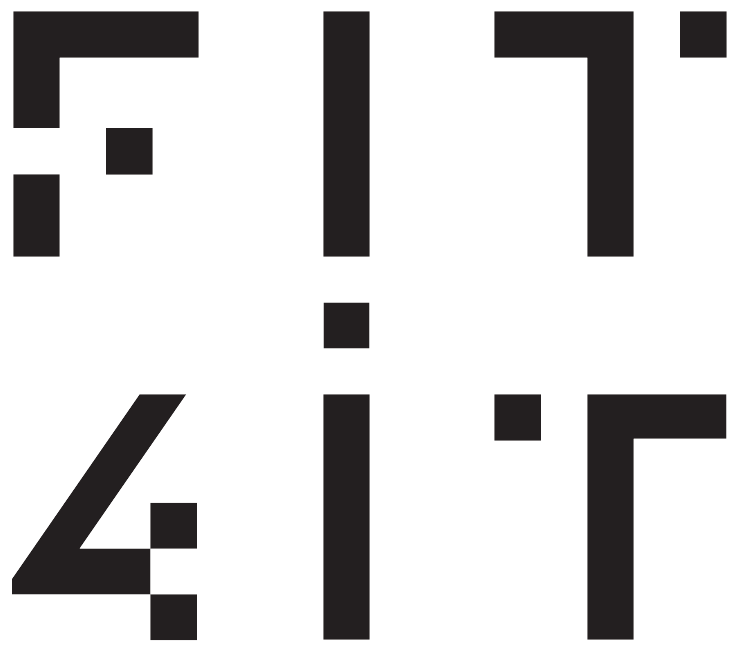“Metabolism” is the new buzzword in the health and fitness world these days. We all know that our diet and exercise not only affect our external appearance but also profoundly impact our internal well-being. While traditional diet plans focus on calorie control and macronutrient tracking, a growing movement recently emphasizes metabolism for long-term success in achieving fitness goals.
In this article, we will examine this ongoing debate and introduce you to a radical new approach that we at Fit4It believe in—an approach that prioritizes metabolic restoration, helping your body function optimally rather than just cutting calories.
What is Metabolism?
Metabolism is more than just the number of calories you burn. Metabolism encompasses all the chemical and physical processes of our cells to generate energy. It’s the engine that keeps our body running smoothly. When we talk about metabolic repair, we mean focusing on improving overall health rather than just creating a calorie deficit.
When it comes to your body composition goals, it is important to understand the metabolic rate, which is the calories your body burns daily. Metabolic rate is made up of four key components:
- Basal Metabolic Rate (BMR): The energy required to keep your body functioning at rest—your heart beating, lungs working, and organs functioning. It is the calories you burn lying in bed all day.
- Thermic Effect of Food (TEF): TEF is the energy needed to digest, absorb, and process food. Protein requires the most energy to break down, burning roughly 20% of its calories.
- Non-Exercise Activity Thermogenesis (NEAT): NEAT represents all the everyday activities like sitting upright, standing, walking, fidgeting, and even chewing. Often overlooked, it significantly affects the metabolic rate.
- Resting Metabolic Rate (RMR): RMR is the combination of the energy requirements of BMR, TEF, and NEAT. It is often referred to as “maintenance calories” in nutritional plans.
Reverse Dieting: A Game-Changer for Metabolic Restoration
Pioneered by Layne Norton, reverse dieting is one of the most effective strategies for those who have undergone drastic calorie-restricted diets and experienced fatigue and energy loss.

Reverse dieting is a strategic way to increase calories without shocking the body.
Reverse dieting initially gained prominence in bodybuilding circles, where athletes needed to shed that last bit of body fat for competitions. However, severe calorie deficit reduced their metabolic output, creating a situation where they required less energy than before.
The reverse dieting approach focuses on incrementally increasing calorie intake while reducing physical activity. It helps restore metabolic rates and, in some cases, deliberately increases body fat levels, which is desirable for athletes at a certain point.
Here is a step-by-step breakdown of reverse dieting:
- Track Your Intake: Record your calorie intake for a day or two using a food diary or an app like the FIT4IT app or MyFitnessPal.
- Determine Your Maintenance Needs: Calculate the energy you require based on your weight, height, and activity level.
- Bridge the Gap: If you have been on a calorie-deficient diet for a while, you consume less energy than your maintenance requirements. Plan how you will gradually increase your intake to reach maintenance, accounting for your prior deficit. Define a timeframe and weekly calorie increases that suit your preferences and lifestyle. Gradually raise your intake by 50-100 calories daily every 1-2 weeks until you reach maintenance.
- Focus on Macronutrients: Maintain a constant protein intake based on your ideal body weight. Carbohydrates fill the calorie deficit, which can positively impact hormone levels like leptin and thyroid hormones. The remaining calories should come from fats, which are vital for hormone production. Read our blog on Micronutrients to know what they are and how their deficiency impacts us.
- Avoid Rapid Changes: Make sure the progress is slow and steady. Remember, the goal is to restore metabolism without unnecessary fat gain.
- Return to Baseline: Once you reach your new maintenance level, avoid extreme deficits to prevent another metabolic slowdown.
As Layne Norton said, “Diet on as many calories as possible!”
What About Cheat Days?
There is a common misconception about cheat days. Many people believe that indulging in unrestricted eating after following a calorie-restricted diet boosts their metabolism significantly. However, evidence suggests that a cheat meal or cheat day can do more harm than good.
For instance, imagine someone with a maintenance calorie requirement of 2,400 calories per day. On a cheat day, they consume a whopping 4,500 calories, thinking their metabolism will increase. Their metabolic rate only increases by 50-100 calories per day. In comparison, they’ve consumed 1,900 calories they didn’t need.

A well-planned cheat day can boost metabolism and prevent diet burnout.
Instead of cheat days, a more effective strategy is diet breaks. This strategy involves returning to your maintenance calories for 1-2 weeks. It helps prevent the slowdown of your metabolic rate caused by continuous dieting while keeping fat gain minimal. However, this strategy is not suitable for those following a moderate calorie deficit (5-10% of energy intake).
The Takeaway: Balance Over Restriction
At Fit4It, we focus on smart, science-backed strategies to help you achieve sustainable results. Metabolic restoration is essential for body composition, energy levels, and long-term success in achieving your fitness goals. Whether through reverse dieting or structured diet breaks, the goal is to work with your body, not against it.
It’s time to look at dieting from a new perspective – not just as “calories in versus calories out” but as a metabolic puzzle where every piece matters. What’s your experience with dieting and metabolism? Let us know your thoughts in the comments below!
Was this helpful?
Good job! Please give your positive feedback
How could we improve this post? Please Help us.






No Comments